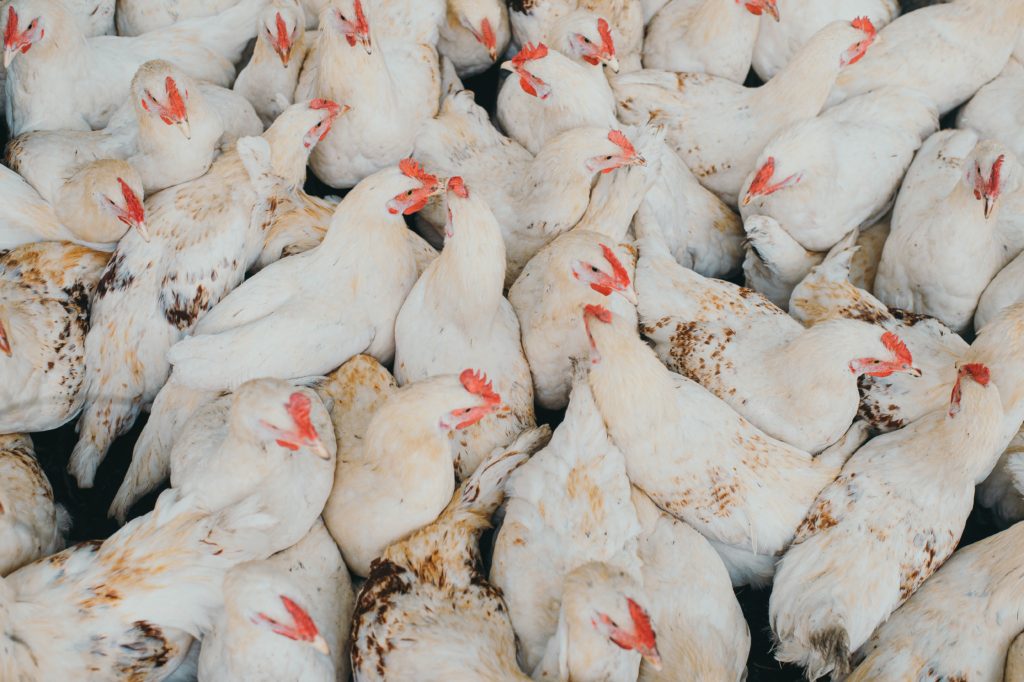‘Overlooked’ Agriculture Emissions Linked to Serious Health and Financial Risks, Study Finds
3 Mins Read
New research connects rural agricultural emissions including ammonia, nitrous oxide, and nitrogen oxides to urban pollution issues.
The new research, published in the journal Environmental Science & Technology, looked at fertilized soils over a three-year period and compared that to regional air quality, climate, and health.
Agriculture emissions
According to the researchers out of Rice University, ammonia is taking quite the toll, creating $72 billion worth of damages, followed by nitrous oxide at $13 billion and nitrogen oxides at $12 billion. The damages from air pollution were measured by increased mortality and morbidity rates as well as value of statistical life, and the monetized damages looked at damages and threats to property and crops, ecosystem services such as carbon sequestration and pollination, as well as human health.

The researchers concluded that both ammonia and nitrogen oxide were most damaging in all regions across the three-year snapshot. Regions most affected include the Midwest as well as California and Florida—key crop-growing regions. Following the spring fertilizing periods, pollution levels in nearby population centers ticked up.
“We always talk about how carbon dioxide and methane contribute to greenhouse gases, but nitrous oxide is about 300 times more potent than carbon dioxide for its global warming potential,” Rice University’s George R. Brown School of Engineering graduate student and study co-author Lina Luo said.
Further, Luo says some farming strategies aimed at reducing emissions can increase air pollutants. “We need to see if [strategies] can reduce all three nitrogen species—or make some tradeoffs—and still not decrease crop yield,” she said.
Overlooked emissions
Daniel Cohan, an associate professor of civil and environmental engineering at Rice, led the research. He says there’s been neglect when it comes to air quality management in controlling agricultural emissions even despite efforts by the EPA to tighten standards. The recent focus of the Biden administration has been on transportation and industrial emissions, Cohan said, noting agriculture emissions need more attention and resources, particularly as climate change exacerbates nitrogen pollutants.
“Our group had been studying nitrogen oxide emissions for a number of years and began to realize that we can’t just focus on that,” Cohan said. “We needed to consider the range of emissions that come from soils, and we became curious about the relative impacts of different air pollutants and greenhouse gases that emanate from agricultural soils.

“A big part of our motivation was realizing that choices in farming practices might cause some emissions to go up and other emissions to go down,” he said.
Cohan says ammonia and nitrogen oxide have the greatest impact both on air-polluting particulates and ozone.
“Those of us who study these pollutants for a living know how potent ammonia is, but the message hasn’t gotten through to most regulators and policymakers,” Cohan said. “In fact, ammonia is one of the most potent sources of particulate matter because of how it binds with other pollutants to have a multiplying effect.
“That’s an important message: We need to take more steps to control ammonia,” he said.
Cohan says steps are being taken, including recycling nitrogen back into the crops by methods including biochar and other soil amendments.
The findings follow another study that identified an overlooked area of agriculture-related emissions: transport. That study concluded that nearly 20 percent of the food system’s emissions come from transportation, leading the researchers to urge consumers to shop and eat locally as much as possible.




